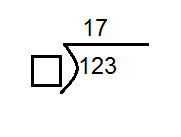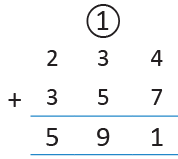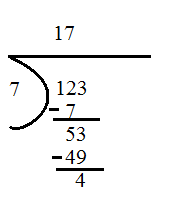Olympiad Test Level 1: Computing Operations - Class 3 MCQ
20 Questions MCQ Test - Olympiad Test Level 1: Computing Operations
Find the missing number
165 + 52 + 10 = 52 + ? + 10
165 + 52 + 10 = 52 + ? + 10
Look at the two number sentences shown below :
8 × _ = 40, 40 ÷ 8 = _
Which number goes in both blank spaces to make each number sentence true ?
The sum of 1,727 and 6,475 is ________.
Find the missing number in the box.
? x 5 - 3 + (8 ÷ 2) = 501
The value of ☺ is 9 times the value of ♥. What will be the value of ☺ - 4, if ♥ + 64 = 123?
Find the value of A, B and C respectively.
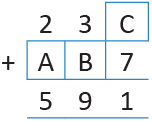
If in a class, the number of rows of benches is the same as the number of columns of benches, then what can be the total number of benches in the class?
Riya has 2456 chocolates and Tanvi has 2365 chocolates. How many more chocolates does Riya have than Tanvi?
Garima puts exactly five pins in each box shown below. How many pins has she used in total?
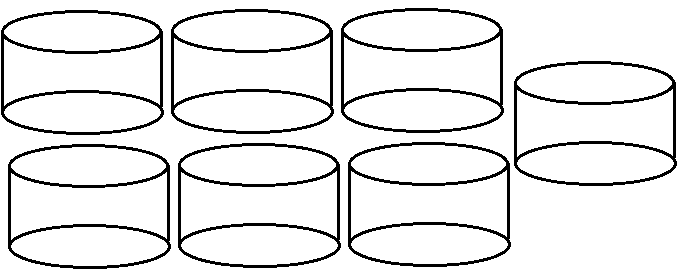
Add the 6,523 + 2,364. Which one of the following numbers is in the hundreds place of the resulting addition ?
There are 3756 sweets in a bag. If all the sweets are in groups of three, how many groups are there?
If ♦ + 420 = 620 and 750 - ♠ = 450, find the difference between ♠ and ♦.
I am the smallest odd number that comes after 4,386. Add 632 to me. What number am I now ?

Which of the following number sentence describes the given number of ♥?
Find the missing digit in the box, if the remainder is equal to 4.
